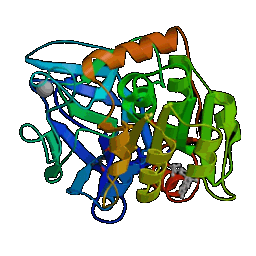
Generative Creativity - lecture 12:
Hierarchical Markov chains
Introduction
Using a Markov model derievd from a collection of examples we can
use chaining to generate new instances.
This can be the basis for generative production of novel
sequential objects, e.g,.
- music
- stories
- poems
- jokes
But how do we choose the level of analysis?
In choosing to sample particular transition probabilities (words?
notes? phrases?) we fix the level of detail at which the model
works.
Sampling note-transition probabilities in music, we obtain a model
which represents note-transition structure.
New instances will then exhibit good note-level struture but may
have very poor structure at some other level.
Markov-generated music often exhibits the `wandering melody'
effect.
Short note sequences sound right but they don't fit together in an
organized way.
Hierarchical modeling?
Ideally we'd like a modeling method which would not fix the level
of analysis in advance, but which would be able to find structure
at any level.
We need a Markov-model hierarchy.
But how to get it?
Uncertainization approach
Starting at the smallest scale of analysis, carry out an n-gram
analysis (also taking account of disjunctive n-grams, i.e., `a b/c
d', `e/f g h') and form a Markov model.
Find the smallest encoding of the data in terms of the n-grams
found.
Treat the encoding obtained as new data and start again.
Continue until an encoding of a single element is generated.
Markov models obtained along the way then form a hierarchical
structure.
Replexer applet
Follow `demos etc.' from
http://www.christhornton.eu
Summary
- Markov models are useful for generative applications with all
types of sequential data.
- Structure modeled depends on the level of analysis applied.
- Generated instances will then show good structure only at the
relevant level.
- Hierarchical adapation of the process through derivation of
informationally optimal encodings (uncertainization).
- Mixed results.
Resources
- A recent paper covering use of uncertainization for development
of hierarchical Markov models.
reconstituted-music.pdf
Page created on: Mon Feb 16 18:47:52 GMT 2009
Feedback to Chris Thornton
